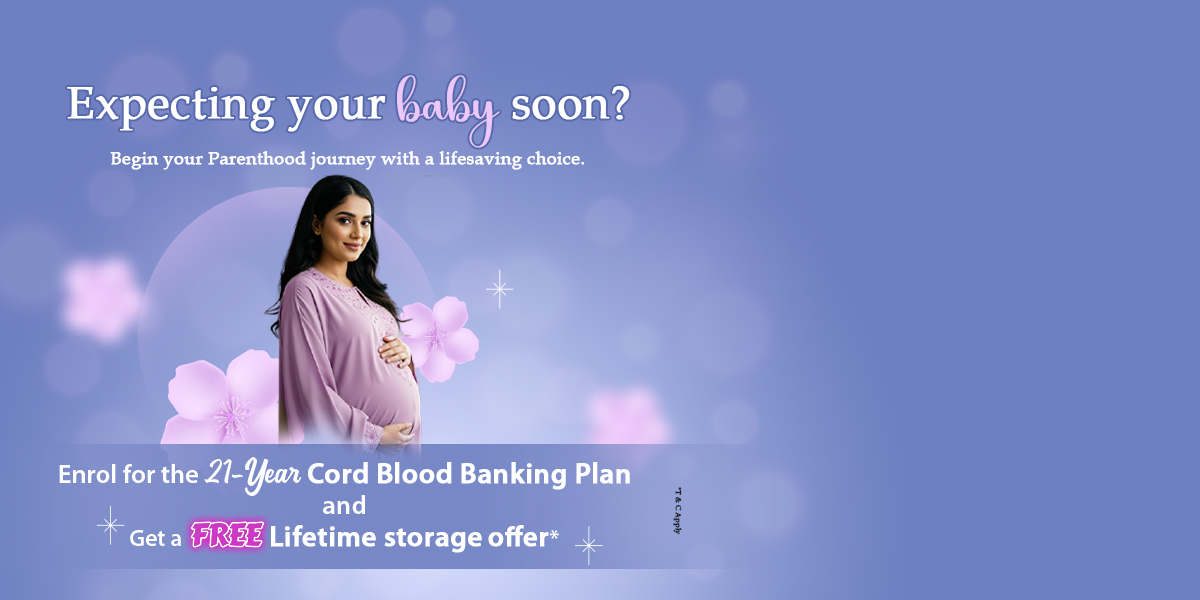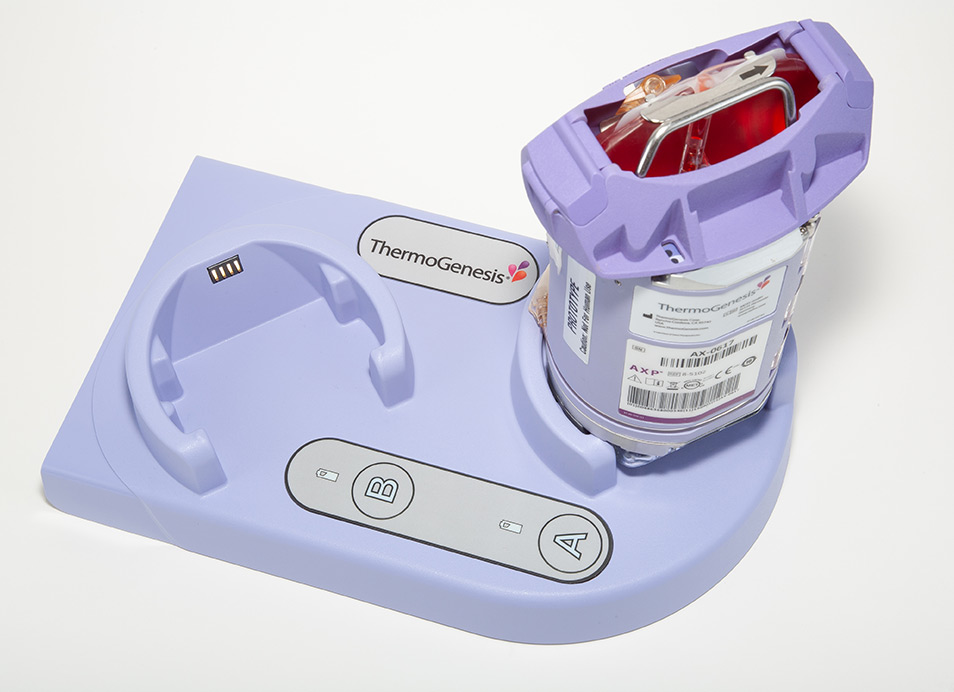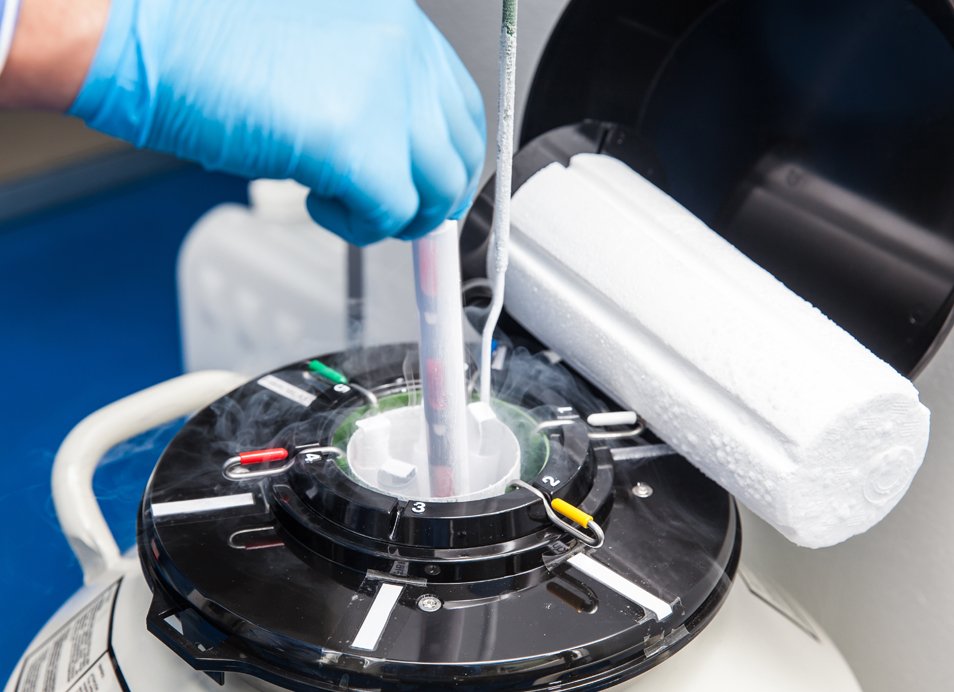Why Stem Cell Banking?
During pregnancy, the umbilical cord functions as a lifeline between mother and child. After a baby’s delivery, the cord blood present in the umbilical cord can be preserved, which can treat the family for over 80 life-threatening diseases. Here is a list of treatable diseases through Cord Blood Banking.
How Cord Blood Stem Cells Help?
- Replace and regenerate damaged or diseased bone marrow
- Treatment for blood cancers
- Correct genetic defects (sibling/allogeneic transplantation)
- Potential for cellular therapy and regenerative medicine
How are Cord Blood Stem Cells Collected?
Immediately after the delivery of your baby, the cord is clamped and your baby separated from the cord and moved from the birthing area. The doctor then collects the umbilical cord blood by inserting a needle into the cord vein, and draining the blood into a blood bag. This procedure is painless and risk-free.


CFU Assay
As a Parent, you would want the best quality of stem cells to be stored. But it is not sufficient to just elect to store one’s cord blood, it is equally important to reassure oneself that the cells are and will perform accordingly at the time of need. CFU Assay confirms the potency (function) and proliferative capacity (multiplication) of the stem cells and brings in a sense of security at the very incipient stage i.e. at the time of storage.

HLA typing
An important test conducted on the stem cells and the patient to identify if the stem cells match with the patient’s HLA type or not.This entire process of HLA typing and matching is time-consuming and the patient is already critical waiting for treatment. Therefore, in order to avoid all the above complications, it is recommended to perform HLA typing on stem cells right at the time of storage. Why? Because it not only saves crucial time for the patient in need but also prevents wastage of precious stem cells required to identify and match the unit with various recipients till it matches.

Additional Storage Programme
With growing health care facility in India, it is very well expected that life expectancy of an individual will increase in coming years and can go up to Seventy-Five (75) years. That is why we offer you an extended storage of Umbilical Cord Blood Stem Cells for an additional period of Fifty-Four (54) years. The Additional Storage Period will start only after the completion of the primary Agreement i.e. on the Twenty-First (21st) birthday of the Baby.
Need More Information About Cordlife Stem Cell Banking? Book a FREE Presentation Now
Cordlife Difference








